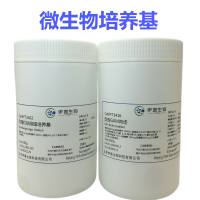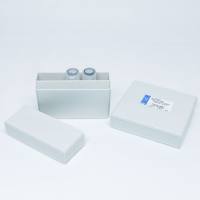Confirmation of the Presence of Drugs of Abuse in Urine
互联网
互联网
相关产品推荐

SCGB1A1/SCGB1A1蛋白/Clara cell phospholipid-binding protein;CCPBP;Clara cells 10 kDa secretory protein;CC10;Secretoglobin family 1A member 1;Urinary protein 1;UP-1;UP1;Urine protein 1蛋白/Recombinant Human Uteroglobin (SCGB1A1)重组蛋白
¥69

现隐肉汤|Presence Absence Broth
¥240

AQP1/AQP1蛋白Recombinant Human Aquaporin-1 (AQP1)重组蛋白Aquaporin-CHIP;Urine water channel;Water channel protein for red blood cells and kidney proximal tubule蛋白
¥1344

AQP1/AQP1蛋白Recombinant Human Aquaporin-1 (AQP1)重组蛋白Aquaporin-CHIP Urine water channel Water channel protein for red blood cells and kidney proximal tubule蛋白
¥9720

DNASE1抗体DNASE1一抗抗体Human urine deoxyribonuclease I antibody抗体DNASE1 Antibody抗体
¥1100

